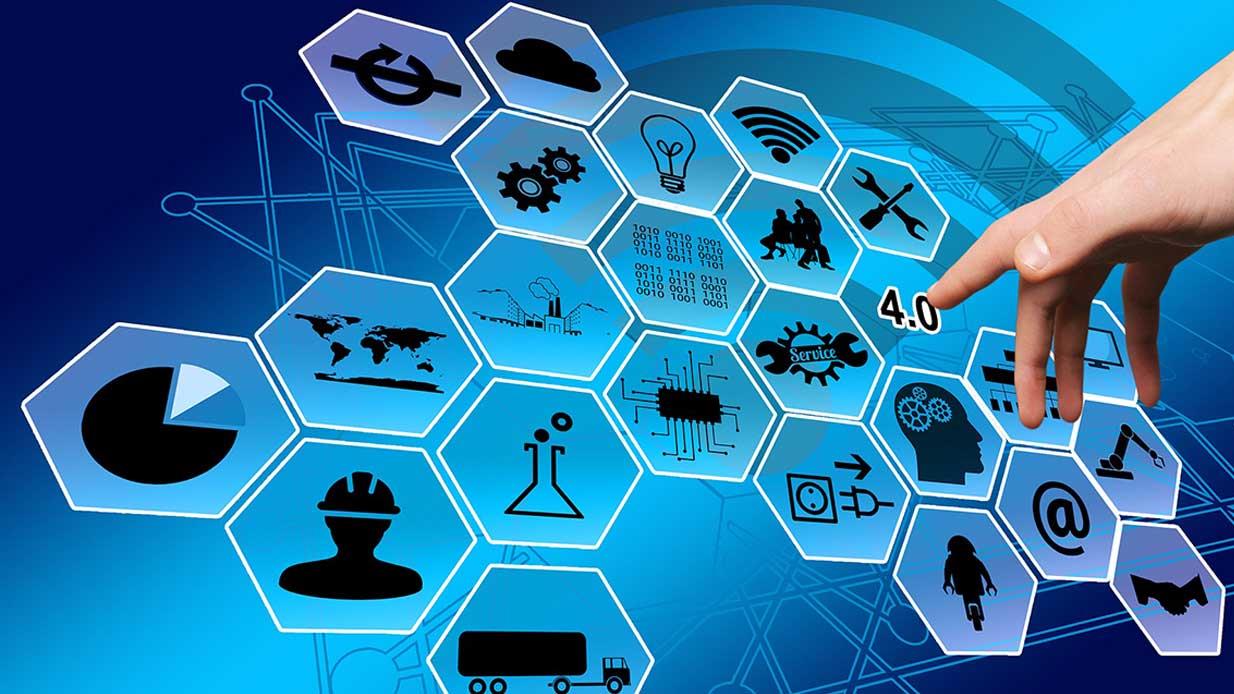How Technology Can Help Tackle Our Nation’s Literacy Crisis*

Many people are not aware of the literacy crisis in our nation — or why they should care. Roughly 65% of the fourth and eighth graders in American public schools in 2017 were not proficient in reading, according to the National Assessment of Educational Progress (NAEP) test results released by the U.S. Department of Education.
According to NAEP, “When examining trends by states/jurisdictions, average reading scores in 2019 were lower than in 2017 in 17 states at grade 4 and in 31 states at grade 8.” This is a startling discovery when one considers that at least 85% of school curriculum is delivered via reading (Fielding, L., Kerr, N., & Rosier, P. 2007), which may explain why illiteracy is closely linked to school dropout rates.
Approximately 1.2 million students drop out of high school each year in the U.S. That means a student drops out every 26 seconds, or 7,000 drop out each day. Without a high school diploma, dropouts are far more likely than graduates to be imprisoned. And high school dropouts earn an average annual income of just $25,636, versus $35,256 for high school graduates, according to the Bureau of Labor Statistics.
A Northeastern University study found that a high school dropout will cost taxpayers $292,000 over their lifetimes. According to the Alliance for Excellent Education, “If the students who dropped out of the Class of 2011 had graduated, the nation’s economy would likely benefit from nearly $154 billion in additional income over the course of their lifetimes.”
An Equitable Solution
So what’s the answer? We need an equitable solution for all children. Note that equitable does not mean equal. To illustrate my point, imagine three children — one short, one medium height and one tall. They are all trying to see over a fence, and they are each given the same size box to stand on. Even with the box, the shortest child still cannot see over the fence. The medium-height child can barely see over the fence. The tall child can now easily see over the fence. They all received the same size box, but they weren’t equally helped by it. The same is true in the classroom — the traditional whole-classroom instructional model doesn’t work in a classroom of 35 students who are all at varying levels of ability, and there simply isn’t enough time in the day for teachers to determine the profile and therefore the instructional needs of each of the individual students.
I believe adaptive blended learning (ABL) is an answer to providing an equitable solution for struggling students. Blended learning combines HI + AI — that is, it combines human intelligence (HI) with data from technology, or artificial intelligence (AI) — to improve individual learner outcomes. The teacher receives individual performance information from data gathered during the students’ time on the technology, which helps the teacher know exactly what to home in on to help each student achieve learner goals.
It is extremely difficult for a single teacher to know and address the strengths and weaknesses of each student in a classroom of 35 without data from the students’ use of technology. In an adaptive blended learning scenario, each time a student is learning throughout the day, the learning is designed for that particular student’s needs, whether that learning is taking place on a computer or with the teacher. And those learning pathways are adjusted based on students’ responses and performance, making the learning adaptive.
Recently, there has been some controversy about technology in schools. Most of the opinions present all-or-nothing scenarios: Technology is either good or bad, and there is little to no proof that the use of technology produces meaningful outcomes. Much of the criticism is focused on the concept of screen time in relation to technology, versus what is actually happening on the technology and in the classroom.
Specifically, a blended-learning approach in which educators move beyond the traditional whole-classroom instructional model and use software from companies like Lexia Learning and Carnegie Learning resulted in outstanding learner outcomes. (Full disclosure: Lexia Learning is a K-12 literacy company owned by Rosetta Stone.)
One key for educators and parents is to make sure that the companies they work with are dedicated to solid research. Studies on the efficacy of Lexia’s literacy products, for example, have been published in 18 peer-reviewed scientific journals over the past 15 years. And in a two-year study funded by the U.S. Department of Education, “The Carnegie Learning blended approach nearly doubled growth in performance on standardized tests relative to typical students in the second year of implementation.”
On average, Carnegie Learning Blended Curriculum (textbooks and software) moved students at the 50th percentile to the 58th — nearly double the gains of a typical year’s worth of learning.
There is a more balanced and helpful point of view that dispels the misconception that all technology for education is intended to decrease time interacting with teachers — or paper and pencils for that matter. It shows that in the right circumstances, with the right tools, some uses of technology in education can empower teachers. With all of the hyperbole surrounding the state of the American student and our lack of competitiveness, it is time that we take the attainable steps to solve this nation’s literacy epidemic.
*This article was wrote by Matt Hulet and published in https://www.forbes.com/sites/forbestechcouncil/2020/01/29/how-technology-can-help-tackle-our-nations-literacy-crisis/?sh=3c33eb2946a8

